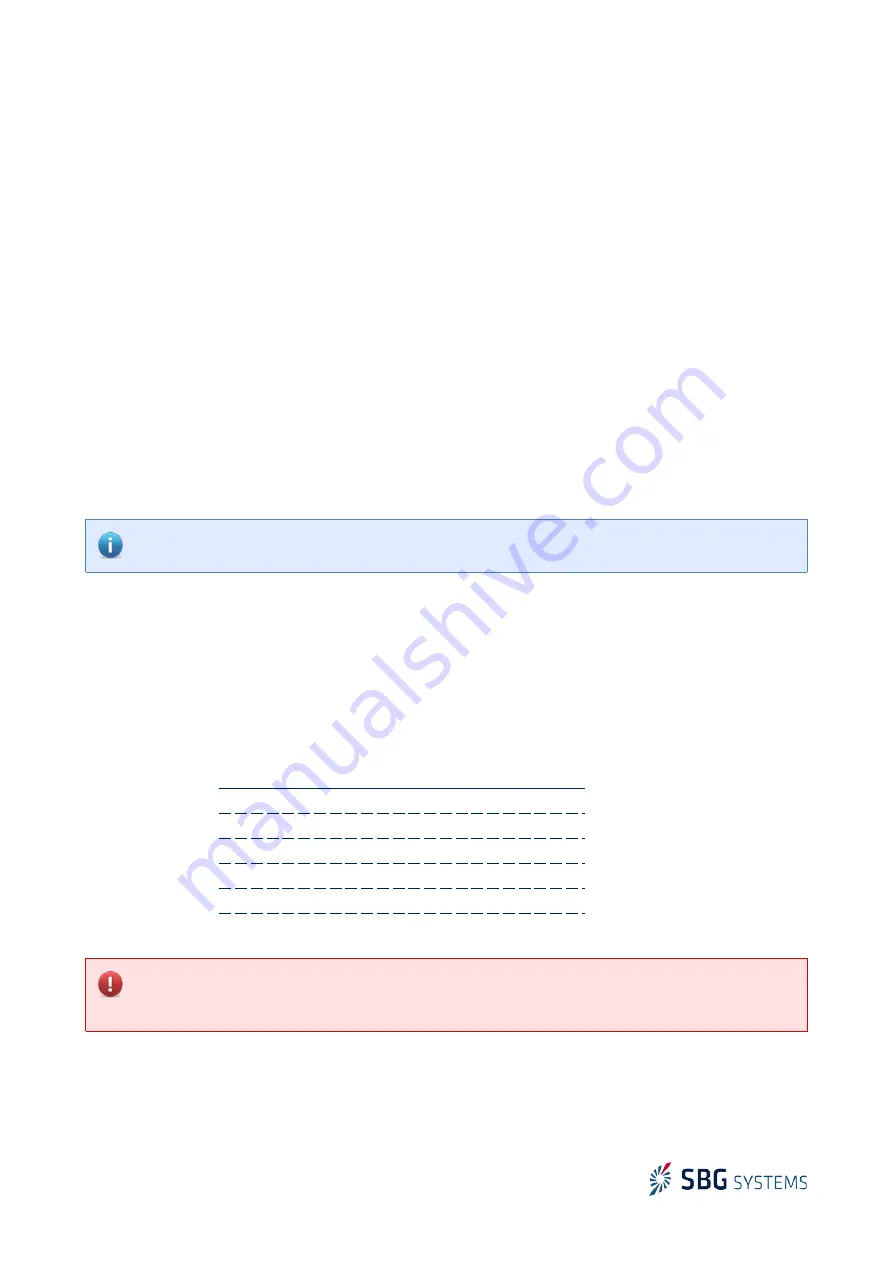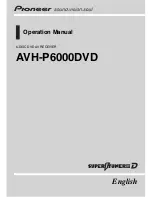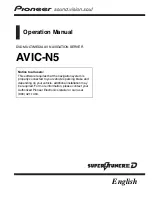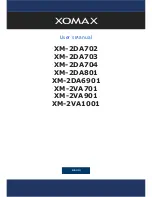
Ekinox Subsea
– Hardware Manual
EKINOXSUBSEAHM.1.4
5.3. Serial interfaces
The Ekinox subsea features 5 physical RS-232/RS-422 serial connections (Port A, B, C, D and E) and virtual
serial ports (Eth 0, 1, 2, 3, 4) through Ethernet UPD or TCP/IP connections.
Some physical serial ports provide both an input and output signal, some just have an input signal. All
virtual serial interfaces have both input and output lines. For best flexibility, the input and the output of a
given port is handled separately.
For example, the Port C input can accept NMEA data from a GPS and the Port C output can, at the same
time, send TSS1 frame with deported heave to an echo sounder.
5.3.1. Physical serial interfaces
Physical serial interfaces are designated as Port A, B, C, D and E. Each port can be configured to operate in
RS-232 or RS-422 mode at a baud rate from 4 800 to 921 600 bps.
Some ports offer special functionalities. For example, the Port A is the only port that accepts Ekinox Binary
Protocol commands.
Note: The Ekinox automatically limits the serial signals slew-rate to minimize EMI and reduce
communication error when the baud rate is below 230 400 bps.
5.3.1.1. Main port A
The Port A has been designed to be the main serial connection between the device and a host system. It can
be software selectable to use RS-232 or RS-422 signals.
The Port A is the only physical port that accepts Ekinox Binary Protocol commands. It can be used, for
example, to send some device configurations.
The factory default configuration for the Port A is:
Parameter
Value
Mode
RS-232
Baudrate
115200
Data Bits
8
Parity
None
Stop Bits
1
Flow Control
Disabled
Warning: For previous subsea units with product codes EKINOX-#-G4A1-PS-E#-I#, the Port A mode
(RS-232/RS-422) was selected at order and can't be changed without returning the unit to SBG
Systems' factory.
30/42













































